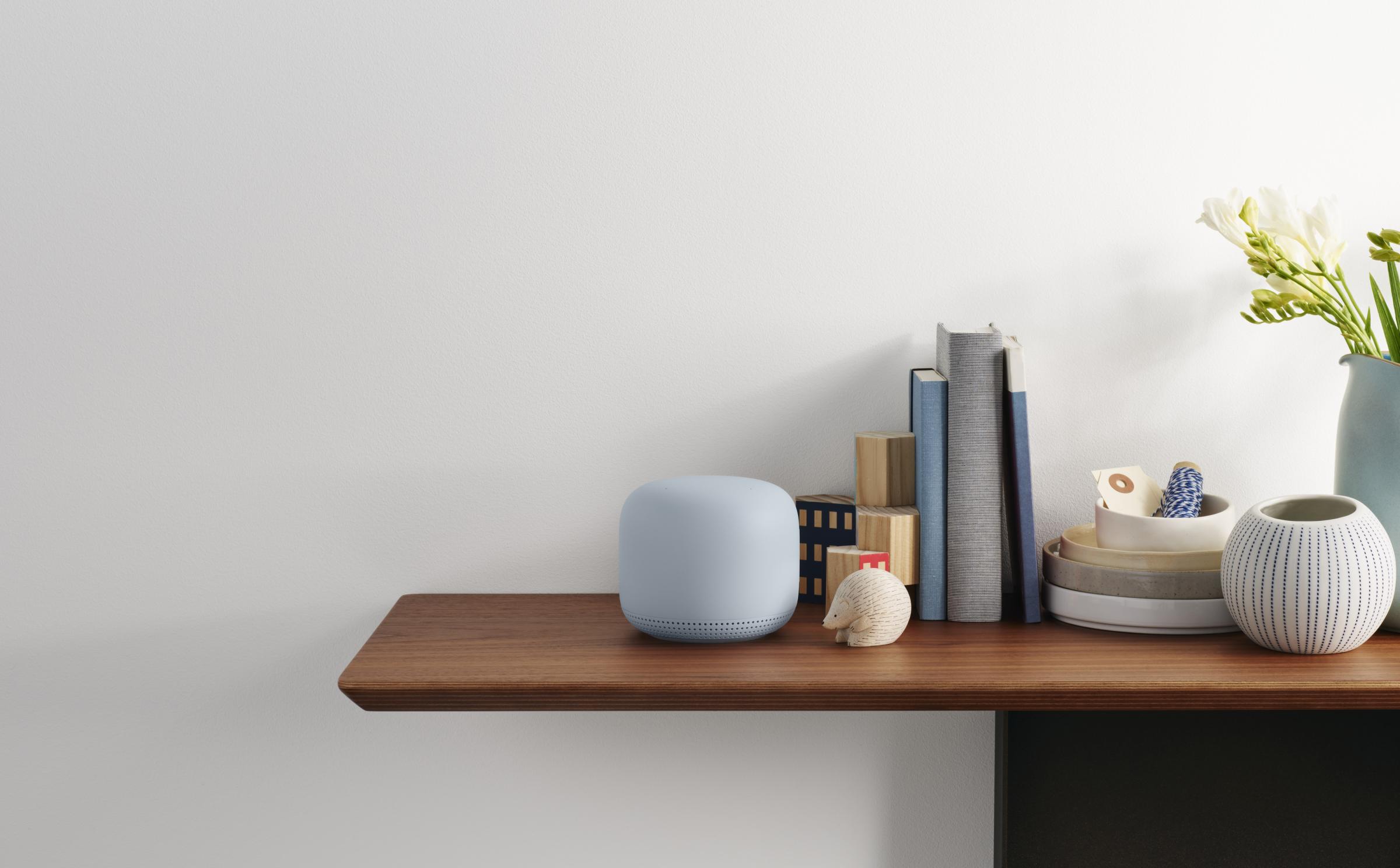Google on Tuesday announced a new lineup of hardware, along with its annual refresh of its Pixel line of smartphones.
From translation-friendly wireless earbuds to the long-anticipated Google Pixel 4, Google’s entire event made no small mention of how subtly integrated the company is aiming to be in your personal life. The Pixel 4, for instance, might be the first smartphone that, thanks to some interesting new technologies, is actually polite to you when you wake up in the morning.
Here are the biggest announcements Google made:
The Gesture-Friendly Pixel 4
The star of the show was the Pixel 4 and 4 XL, the long-anticipated successor to the Pixel 3, and subject of many leaked images and videos. The Pixel 4 has undergone a slight redesign and comes in white, orange, or black, but the most standout change is the rear camera arrangement.
On the back is a second camera lens, adding a telephoto option to the mix, which benefits from features like Super Zoom Res, which uses a combination of optical technology and the Pixel’s machine learning software to get sharp images even at higher zoom levels. Its live HDR+ photography offers more exposure controls to capture images in any particular style you choose, too.

The most impressive addition is the new astrophotography option, built atop Google’s improved Night Sight low-light photography software. It lets users take photos of stars without having to worry about factors like the Earth’s rotation or your phone’s exposure or shutter settings.
There’s also an interesting Motion Sense feature that detects swipes and gestures above the screen of the Pixel 4, powered by an integrated radar sensor next to its 5.7 or 6.3-inch HDR display. In practice, it means reaching for the Pixel 4 to disable your morning alarm will tone down the volume as your hand approaches your device. From there you can swipe your hand away to dismiss the ringing and get on with your day.
You can pre-order the $799 Pixel 4 and $899 4 XL now, and pick one up in stores October 24.
Out with the Home, in with the Nest
Google is updating the design of its now rebranded Google Nest Mini, part of the transition of Google’s Home products to the Nest platform.
The Nest Mini retains the disc-like shape of its predecessor, but adds some extras to its mostly fabric exterior to better fit in your home — on its bottom is a new wall mount slot for getting it off your table and next to your artwork, for instance. It also has new LED indicators on its sides to show you where you can find playback controls on the device.
The upgraded Nest Mini is $49, and will be available October 22.
Now you can talk to your WiFi
An upgrade to its existing Google Wifi device, the new Google Nest Router and Nest Point are a more design-focused, assistant-friendly network of devices, functioning as base and node wireless routers respectively.
Inside is an upgraded wireless system with more radios for faster throughput, and over double the computing power to keep your network running at a fast clip as you move more and more data. While the Nest Router lacks the integrated Google Assistant functionality, the Nest Point features the same functionality one would find on the new Google Nest Mini, including its downward-firing speakers and voice control.

That said, it’s slightly different from the Nest Mini: it lacks both the wall mount and the fun fabric cover and touch controls. Still, Google’s consolidation of WiFi router and smart home speaker is a smart move, especially as it releases more products designed to be placed within earshot and away from any obstructions.
The Nest Router and Nest Point will be available November as a $269 2-pack or $349 3-pack.
Google’s New Pixel Buds
Google also dropped a new pair of its Pixel Buds, this time without the cable tying the two together. With these truly wireless earbuds, Google joins Apple, Microsoft, and others in the quest to kill headphone cables entirely. Google’s headphones are, of course, Google Assistant-friendly, support real-time translation, and feature a “spatial vent” to provide environmental awareness despite the Pixel Buds’ in-ear design.
The Pixel Buds support a long-range Bluetooth connection, and can stay connected inside up to three rooms away, and the span of a football field when outside, Google says. The shape looks similar to headphones from companies like Jabra or Master & Dynamic, but feature some softer, pastel colors on the outer, rounded shell.

They’re said to last five hours on a single charge, and up to a day when paired with its wireless charging case. Unlike the AirPods which sit in your ears, the Pixel Buds feature an in-ear design. The volume adjusts automatically depending on the noise level.
Google’s Pixel Buds will be available in the spring of next year for $179.
A Refreshed Pixelbook
Google also introduced a refreshed Pixelbook, dubbed the Pixelbook Go. The notebook, running ChromeOS, is lighter than the previous Pixelbook, features quieter keyboards, has a 12-hour battery life, and supports fast charging to get two hours of use out of a 20-minute charge.
The Pixelbook Go will be available in black and pink, and starts at $649.
More Must-Reads from TIME
- Cybersecurity Experts Are Sounding the Alarm on DOGE
- Meet the 2025 Women of the Year
- The Harsh Truth About Disability Inclusion
- Why Do More Young Adults Have Cancer?
- Colman Domingo Leads With Radical Love
- How to Get Better at Doing Things Alone
- Michelle Zauner Stares Down the Darkness
Write to Patrick Lucas Austin at patrick.austin@time.com